Your basket is currently empty!
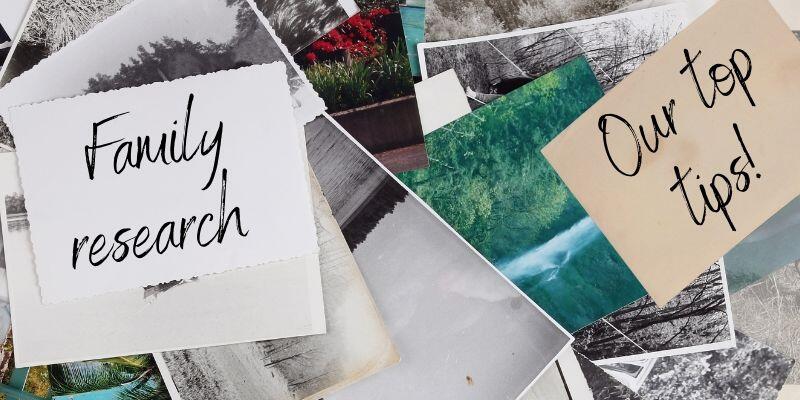
Family research: Our top tips
Posted on
Family research is such a rewarding pastime and you could discover fascinating details about the lives of your ancestors. It can be hard to know where to start, so we have compiled our top ten tips to help you on your journey of family discovery.
1. Start by working backwards!
Do you have a specific known fact, such as the date of a birth or marriage? If so, it can be much easier to work back from this, rather than to try and trace details about a person you know little or nothing about. In this way, you will be working with ‘knowable facts’ in the first instance. Then you can fill in the gaps as your search progresses.
2. Ask questions of your relatives.
Do your family members know much about their ancestry? If you are not sure, then ask! For example, another family member might know family stories and anecdotes that reveal interesting details. You could discover about an ancestor’s occupation, or even what they looked like. In this way, you can quickly start to form a picture of what that ancestor’s life was like.
Who knows what you might find! Even insignificant details can help you build a better picture of your ancestors. It is important to record information such as documents and photographs. By doing this, you will start to form a coherent record. Plus, it makes it easier for future generations to understand more about their ancestry.
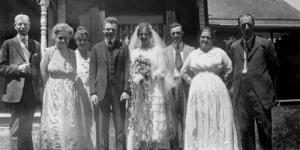
3. Take notes
You never know what information will come in handy. With this in mind, it is important take notes in the course of your family research. By doing this, nothing will get missed or forgotten and you will have a proper record of what you have looked for and discovered.
4. Don’t reinvent the wheel
Is there anyone else in your family doing research? Before you start, ask other family members if they have done any research into your ancestors. This could save you duplicating what has already been discovered. Plus, it will save your valuable time. Furthermore, you’ll be able to direct your efforts into finding details that have been hitherto hidden.
5. Further reading
Don’t forget, there are a lot of great publications to help you with your family research. If you visit any large newsagent, you will see the shelves full of magazines for the family history enthusiast. Your local library is also a good place to find books about tracing your family tree. Furthermore, they may have local history books that can fill you in on important details of your local area. For example, you could find out more about the area in the time that your ancestor was alive. You could discover what life was like, what the area looked like from old photographs. It will all help you to build a picture of your ancestor’s life.
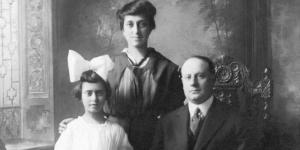
6. Using the internet
Many records can now be found online, so do a bit of research into what you can find and where. Sites such as Find My Past and Ancestry are popular. You can also purchase copies of relevant documents and upload photographs to an online family tree. Some census information is available online for free and can be useful in finding our all about your ancestors.
7. Meet other family historians
Is there a local family history society or club that you could join? It is incredibly helpful to talk to others that are taking a similar journey. They may be able to share tips and ideas that you had not considered. For example, libraries sometimes run sessions for family historians. Check out what is available to you locally and you could benefit from the information sharing. Plus, you might be able to help others with your ideas and make new friends!
8. Documentary evidence
There are hundreds of records that you can search through and it is difficult to know where to start. Birth, marriage and death records are incredibly useful documents. Also, census records can be fascinating, showing you where a person lived, who they were related to, and their occupation at the time of the census. Freecen is a great site and doesn’t cost a penny. Other documents to look at include church records, military service records, criminal records, newspapers and many others.

9. Focus on your aims!
Any family historian will tell you that it is very easy to get side-tracked and go down ‘rabbit holes’, deviating from the original purpose of your family research. While this can be enjoyable and interesting, it can make you lose sight of your original aims. Try to stay focused!
10. Add colour to your research!
Facts on their own can be very dry. For example, you might discover that your ancestor worked ‘below stairs’ at a grand house. But what does that information tell you? Add in those extra details. What would wages have been? What would life have been like on an average day? What clothes would he or she have worn? These interesting details can make a huge difference, when building a picture of life in the time of your ancestor. You could also add a colour coat of arms to your file.
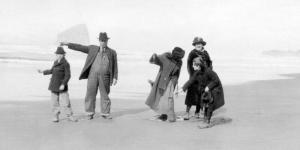
Finding out about the surname history itself also adds extra background to your family research. Although a surname history will not tell you about your own specific family tree, it can tell you an awful lot! For example, you will discover fascinating details about the name, including the earliest coat of arms relating to a bearer of the name. Plus, you will find out where the name was first found, spelling variations, convicts sent to Australia, passengers on the Titanic and much more. Furthermore, there is a full bibliography on the reverse, which will give you idea for your own family research.
Happy discovering!
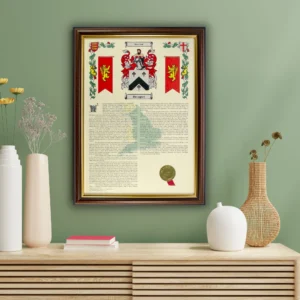
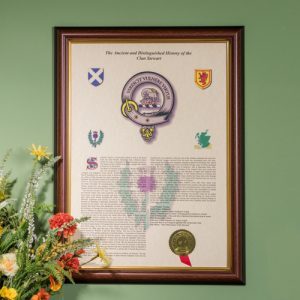

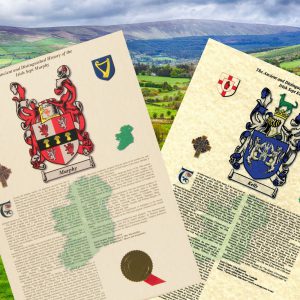

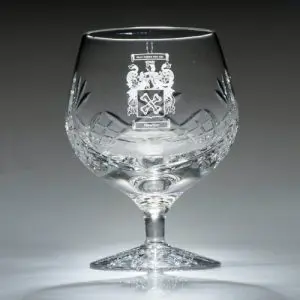



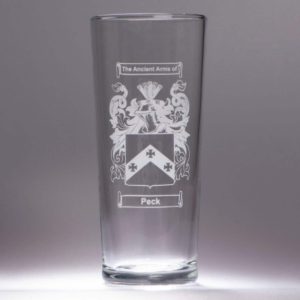


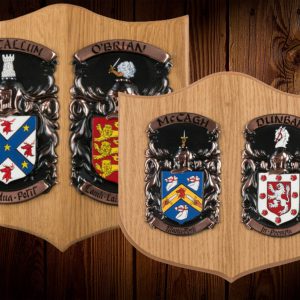
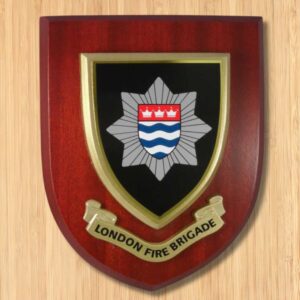
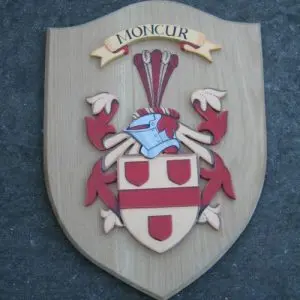



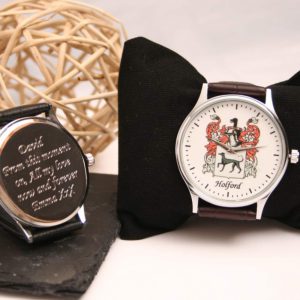


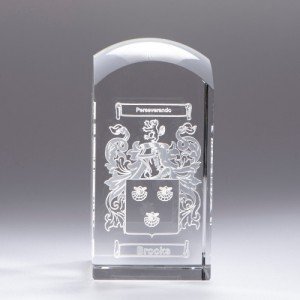



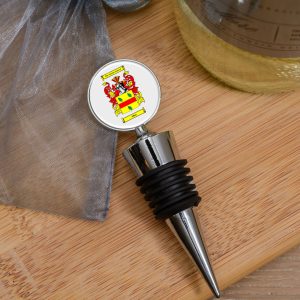



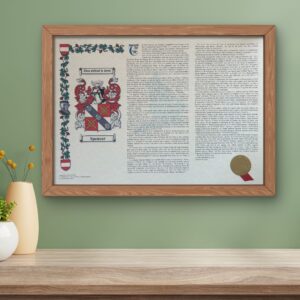
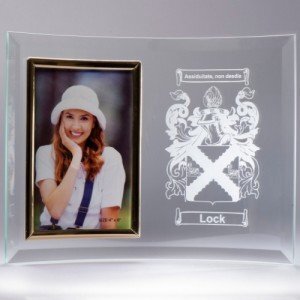

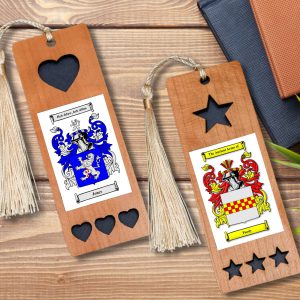





Leave a Reply